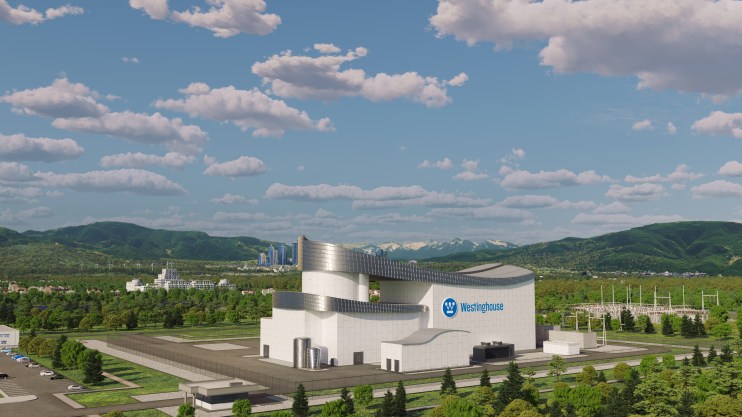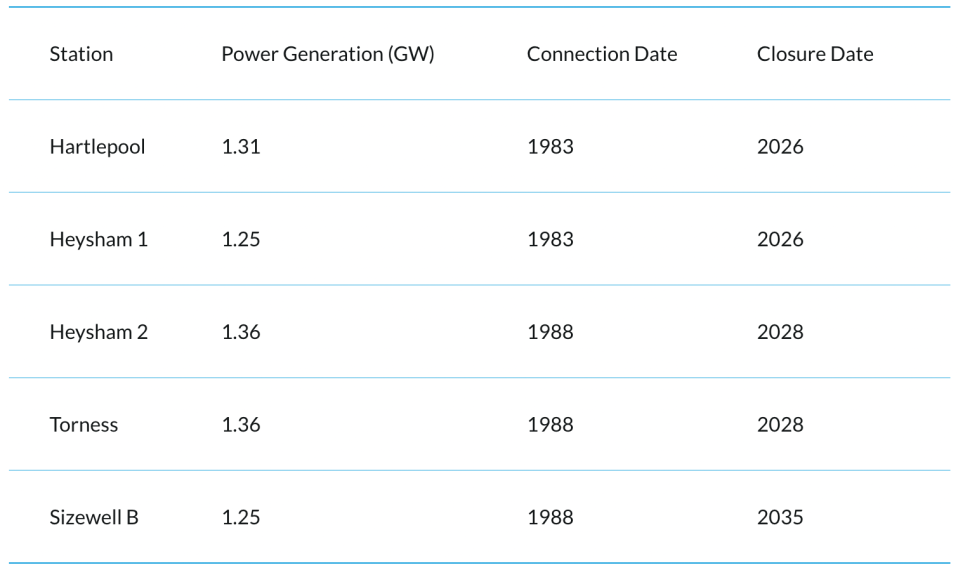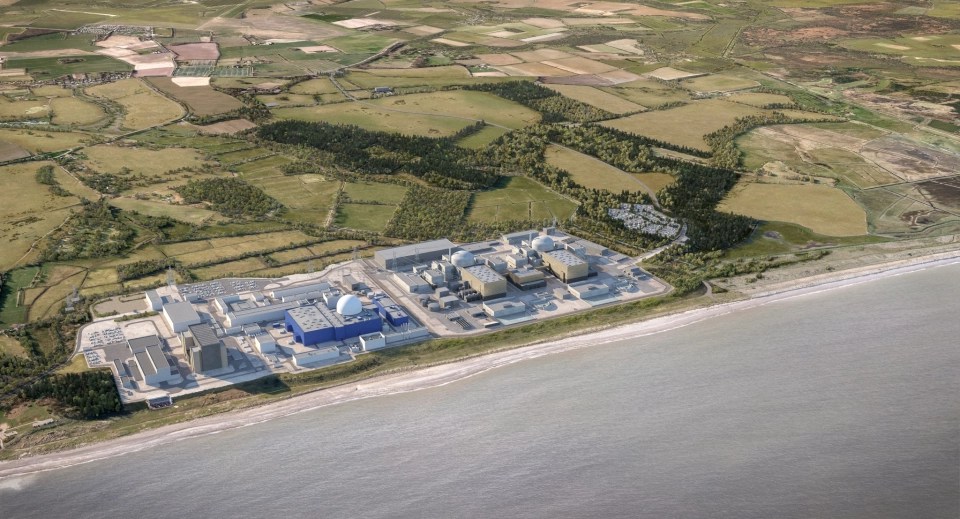Nuclear contender Westinghouse keen to win over local opposition as SMR race heats up

Westinghouse Electric Corporation (Westinghouse) is confident it can win over any potential local opposition to nuclear power, if it is picked by the government in the ongoing small modular reactor (SMR) competition.
Dr Rita Baranwal, chief technology office for the energy giant, told City A.M. that “public outreach is not new to Westinghouse” and that it places a “strong emphasis” on its projects having a “social licence”.
“One of the things Westinghouse is familiar with is stakeholder engagement and ensuring the public not only understands our technology but wants it in their community,” she said.
Baranwal expects Westinghouse to establish plans for two to four projects in the UK initially, but wants to be as “expansive as possible” once a pipeline is up and running – paving the way for up to a dozen projects.
As soon as a site is selected, we are happy to work and refine the design and meet any of the other requirements, especially for environment analyses…
Rita Baranwal, chief technology officer, Westinghouse
The company also wants to consult with industry vehicle GB Nuclear (GBN) in selecting domestic sites and has not predetermined any locations yet.
“As soon as a site is selected, we are happy to work and refine the design and meet any of the other requirements, especially for environment analyses,” she said.
Her comments follow Westinghouse’s shortlisting in the SMR competition last month, with GBN selecting six contenders for the next round.
Other approved designers include EDF, GE Hitachi, Holtec Britain, Nuscale Power and Rolls Royce.
The designers will be invited to bid for government contracts later this year with successful companies announced next spring, and contracts awarded in the summer.

The UK’s ageing nuclear fleet is set for winding down, creating an urgent need for new projects
It also comes amid sustained pressure on nuclear energy projects from environmental campaigners and localist opposition.
The proposed EDF-operated nuclear power plant Sizewell C – which would power over 6m homes – has been a lightning rod for opposition.
Campaign group Together Against Sizewell C has consistently challenged the projected.
It was first refused a judicial review into the consent granted to Sizewell C by then energy secretary Kwasi Kwarteng, before a High Court judge threw out its case earlier this summer.
However, it was then granted permission to appeal its planning approval on the basis of potential impact to the local water supply by a court of appeal judge last month.
The Climate Change Committee in its latest annual environmental report warned planning reform and approving more low carbon energy projects was vital to reaching net zero, a position also shared by electricity networks commissioner Nick Winser in his landmark review this summer.

Westinghouse expect their SMRs can fit on just a quarter of a football pitch
Westinghouse makes case in SMR contest
SMRs are scaled-down nuclear power plants which can be built in factories and transported, and are considered vital by the government for the UK’s energy security ambitions.
The aim is for developers to have final investment decisions by the end of the decade and to be building SMR plants by the early mid 2030s.
The government is targeting a vast ramp up of current nuclear energy generation from 7GW to 24GW with 85 per cent of the country’s ageing nuclear fleet to go offline by the middle of the next decade.
Baranwal confirmed Westinghouse has submitted a regulatory engagement plan with the US Nuclear Regulatory Commission, hoping for it to be certified by 2027 and for its first projects worldwide to be completed by 2034.
Westinghouse predicts its 300MW ‘AP300 plants’ – which can be fit on one quarter of a football pitch – and power 300,000 homes, with aims of driving the cost down to $1bn (£823.2m) per plant.
“It is going to get less expensive the more we build,” Baranwal predicted, with the optimum cost established between the sixth and tenth project.
She considered Westinghouse’s designs to have an advantage on contenders, as they were “proven” and “deliverable” – being based on larger AP1000 plants which are already constructed and operating in the US and China.

A CGI rendering of the proposed Sizewell C nuclear plant which has been a lightning rod for opposition
The company has signed memorandums of understanding in Finland and Slovakia, and announced an agreement with Energoatam in Ukraine to deploy reactors.
Baranwal confirmed Westinghouse was open to progressing with sites in the UK if multiple winners were selected, but warned it would be difficult to mass produce plants if more than two contenders were picked.
“If you can standardise designs, you can standardise deliveries at a large number,” she said.
The chief technology officer believed “that’s what’s going to ensure success,” rather than “a plethora of designs” there needed to be one that is “mass produced”.
She said: “The market is there for two developers – selfishly it’d be great if Westinghouse were the only one – but absolutely it’s viable for there to be two providers meeting the need for the UK’s energy ambitions.”